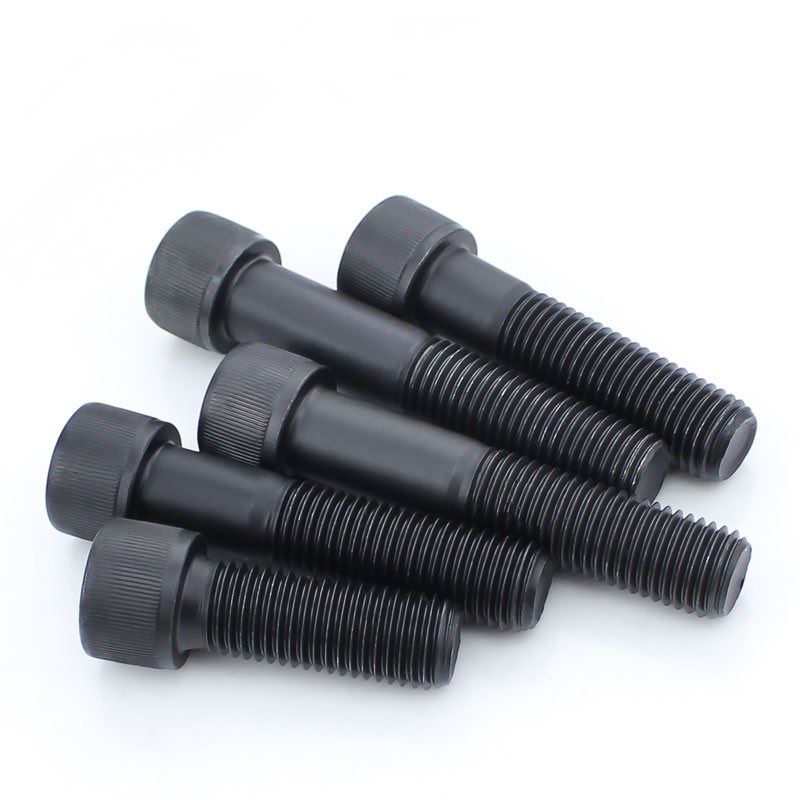The so-called high-strength bolts mainly refer to a type of bolt fastener products that use high-strength steel as the raw material and require a certain pretension in use.
1. Selection of raw materials
High-strength bolts generally use 45-gauge steel, 40-boron steel, 20-manganese-titanium-boron steel. The purchase of raw materials has strict requirements. The selection of raw materials is wrong or the original steel produced by small steel mills. The fasteners produced are difficult to guarantee. Quality, especially the bolt products used in key parts or important links, will pose a great safety hazard.
2. Grades and specifications of high-strength bolts
The grades of high-strength bolts are grades 8.8 and 10.9, and grade 10.9 is the most commonly used. The grades of ordinary bolts are relatively low. The general labels are grades 4.4, 4.8, and 5.6.
The smallest size of high-strength bolts is M12, and usually the large size to M30. Due to the unstable performance of the super-large size high-strength bolts, it is generally used with caution in the design and construction process.

3. The advantages of high-strength bolts
Tighten the nut with a special wrench to make the bolt produce a huge and controlled pre-tension. The nut and the backing plate also generate the same amount of pre-pressure on the connected parts. As long as the axial force is less than this frictional force, the member will not slip and the connection will not be damaged. This is the principle of high-strength bolt connection.
This type of bolt connection has the advantages of simple construction, good stress performance, fatigue resistance, and no loosening under dynamic load, which is also the main reason for the large demand in the current market.
Link to this article:Advantages of high-strength bolts
Reprint Statement: If there are no special instructions, all articles on this site are original. Please indicate the source for reprinting:Mold Wiki,Thanks!^^
